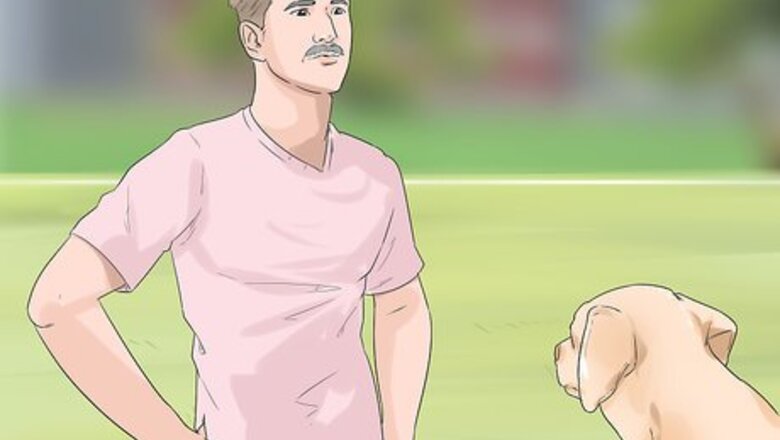
views
X
Trustworthy Source
American Society for the Prevention of Cruelty to Animals
Leading organization dedicated to the prevention of animal cruelty
Go to source
Training While on Leash
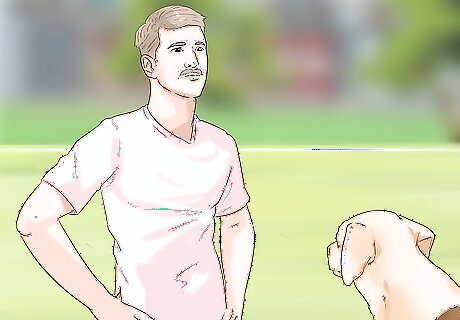
Have the proper trainer mindset. The dog will not learn if you do not have the right frame of understanding. A little research is in order before your first session, and it is always best to take an obedience class with your dog, and train as "homework". But for positive training, keep in mind: Your mood will be picked up by your dog. If you go into training in a funk, or feeling frustrated or angry, likely your pup will feel this too. Although consistency is important, it may be better to skip training that day rather than get negative emotions into the mix. Keep training a positive activity. Be sure the dog masters #1 before going to #2. A success in one step does not necessarily mean the dog actually "gets it". You still need repetition to be sure the dog is consistent. Be sure the dog can really do the first step every time before going to the second. Keep sessions short and frequent. Dogs--and especially puppies--typically have short attention spans. Asking a dog to have prolonged periods of intense training may lead to frustration on everyone's parts. Do not get frustrated if the dog has some failures. When something new is being learned, there will always be failures. This is not a bad thing, just part of learning. If your dog picks up that he or she is disappointing you, and does not really know why, training becomes something bad. Never punish a dog for obeying a command. If you give a command, you should never, ever give the dog any mixed signals that your signal was bad. If your dog was chasing a deer, and you command, "come" and the dog comes, praise him or her--do not rebuke him or her for chasing even though you may be upset and want to get across chasing deer is not OK. Your dog will only understand that if he or she comes, he or she is punished and may not come next time.
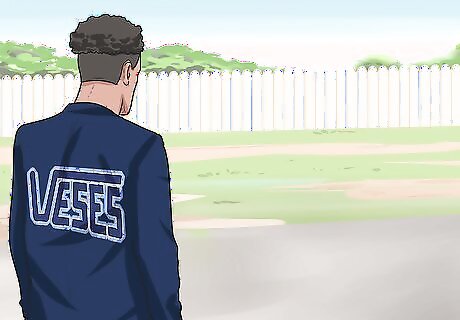
Choose the right location. As with any new command, you want to start with a location that’s familiar to your dog and free from distractions such as toys, small children, food, loud noises, or other animals. This allows your dog to focus as much as possible on you, the command, and the behavior you want him to associate it with. If you live with other people, keep them involved in the training process too. This way they will know not to distract your dog while you’re teaching commands.
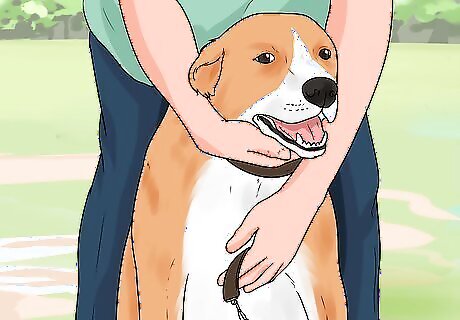
Leash your dog. While your dog will later graduate to off-leash developments in the method, the initial training should take place on leash to keep him close and focused on you. Start with a shorter, six-foot leash that keeps your dog close and you more present in his field of vision. Stand an appropriate distance away so that your dog can’t reach you within just a step or two. For a small dog, this may only be two or three feet, whereas you may stand back the entire six-foot length of the leash for a large dog.
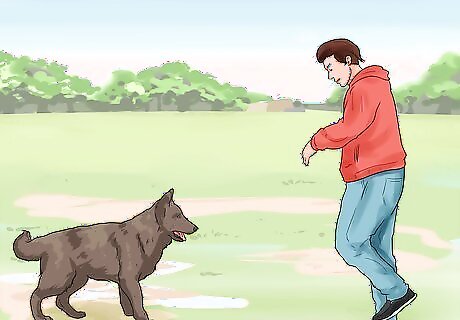
Say “come” and begin taking quick steps backward. Your dog will naturally want to chase you playfully when you start taking fast backward steps away from him. You want to issue the command a single time, ensuring you say it before you begin moving backward. This will allow your dog to hear the command clearly before getting distracted by wanting to chase you. Issuing the command one time is sufficient. The more you say to your dog during training, the less likely he is to begin associating any of the words with behaviors. If your dog does not respond and stays put, give your leash a slight tug and encourage him to move toward you.
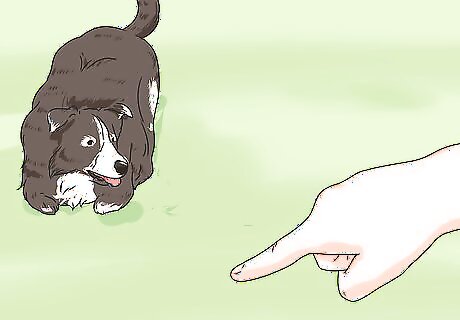
Consider using a hand signal as well. Signals are a good idea since they further associate the behavior, and they also help in situations where your dog can see you, but may not be able to hear you. If you choose to teach with both verbal and hand signals, use a distinct hand signal. Make sure you use the signal and the verbal command at the same time. You can wave your hand toward your body or point at the ground in front of you. Holding your hand out in front of you, palm up, and curling your fingers back onto your palm is another common signal for the come command. Hand signals are additionally helpful in situations where verbal commands are not so useful, such as near a loud highway. If your dog goes deaf (which is not uncommon in old age or in some breeds) hand signals become especially helpful.
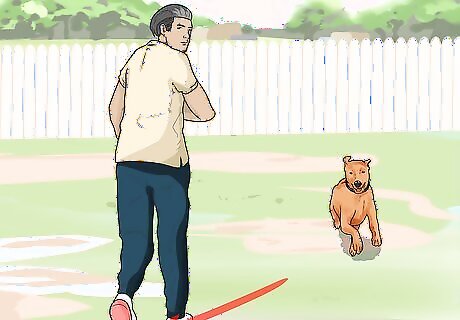
Move backward until your dog reaches you. You want your dog to associate the command with coming all the way to you and not simply running a few feet. To help with this while using the shorter leash, keep backpedaling (carefully not to run into anything) until your dog reaches you. If you are clicker training your dog, be sure to click as soon as your dog starts moving toward you and when he reaches you. This will reinforce his movement, direction, and good behavior.
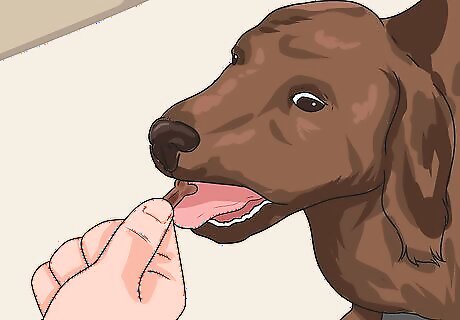
Offer positive reinforcement. Once your dog reaches you, offer plenty of praise. Repeated positive reinforcement helps your dog to understand that he’s doing what you want with the associated behavior. Though positive reinforcement most often takes the form of praise and a treat, use your knowledge of your dog to your advantage. Maybe you know he responds best to being given his favorite toy after obeying a command.
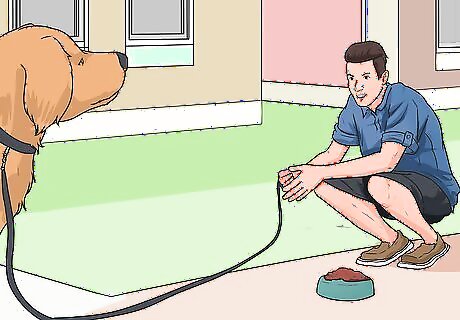
Add distractions and distance. The key to success is introducing greater distances and distracting environments in small increments that add a new dimension without overwhelming your dog. If you initially begin in your quiet living room without any toys around, try scattering a few toys next time, and then try turning on the TV as well the time after that. Next, try moving it to the backyard and using a fifteen-foot leash instead of the shorter one.
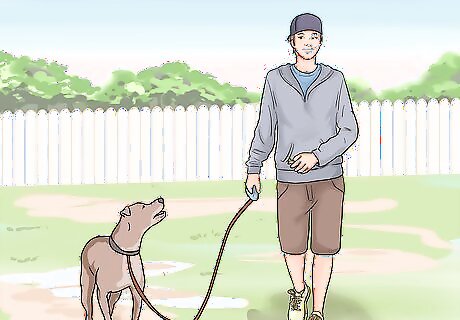
Use the method while on walks. One of the best ways to help train on the command consistently is to incorporate it into your daily walks with your dog. This not only ensures that you’re regularly practicing the command with your dog, but it also provides a variety of different locations and surrounding levels of distraction to challenge your dog to stay focused.
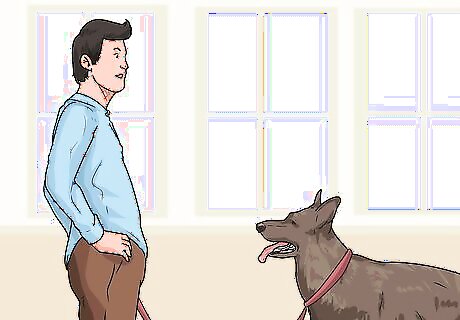
Issue the command without backing up. Your dog will eventually learn to associate the command with the behavior, allowing you to stop taking steps backward to initiate the behavior. Reduce the number of steps you take after issuing the command from several to just one or two. After that, work on issuing the command without taking steps backward at all. Remember to be patient. If your dog fails to come when you stand still, go back to taking one or two steps for another day, and try try again.
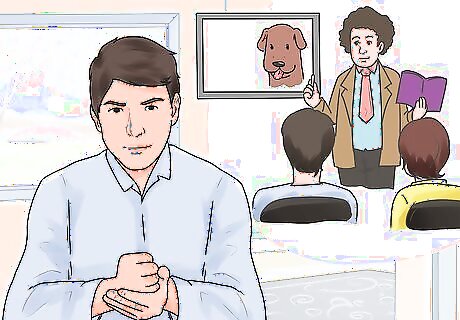
Consider group training sessions. If your dog hits a wall anywhere in the process, then consider taking him to a trainer. A professional trainer can help correct any mistakes in your home technique for the training, and the group environment is great for socializing your dog. A trainer can teach you and your dog how to best communicate with each other and how to learn from each other as well.
Progressing to Off-Leash Training
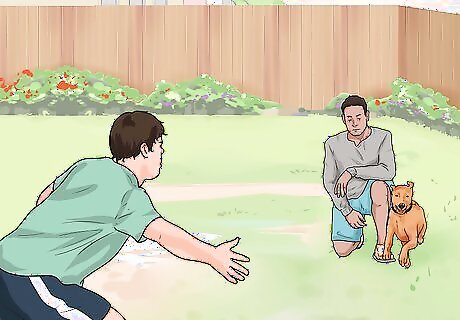
Try recalling your dog off leash. After several days or weeks—depending on your dog—of on-leash training, choose an enclosed area, and see if you can get your dog to come while off leash. If he doesn’t respond to the command, you may have to start using the back-up method again to make him chase you. Remember that the process will take time and patience, so don’t allow yourself to get frustrated if your dog doesn’t quite understand yet the first time you take him off his leash. The important part is to keep trying. Also, avoid repeating the command over and over if it’s proving ineffective. Each time you repeat the command without the dog understanding, you risk weakening the association he had already begun to form with the command. If he’s not responding at all, go back to using the long-leash training for another day or two before trying again. If you do initially have to take a step or two backward to initiate the behavior, reduce those steps, take smaller steps, and other similar actions to wean your dog off needing you to move to respond to the command. Occasionally ask him to come when he is not expecting you to. For example, call him when he is sniffing around the yard to test his attention to the command.
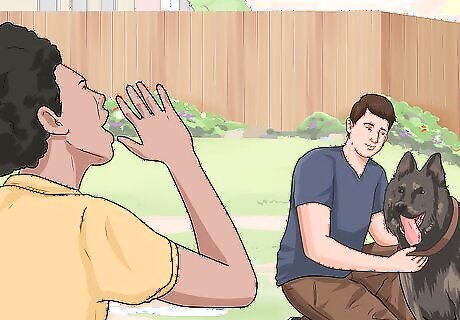
Use restrained recalls. As you try to increase the distance from which you recall your dog, you may have to get help from another person. The restrained recall variation involves having someone else hold your dog still, so you can get farther away without your dog following along. When you’re ready, issue the command once (along with any hand signals you may also be teaching) and have the person restraining your dog let go. As always, use your clicker if clicker training and offer plenty of positive reinforcement when your dog reaches you. The best way for the person holding the dog to restrain him is by lacing fingers across his chest.
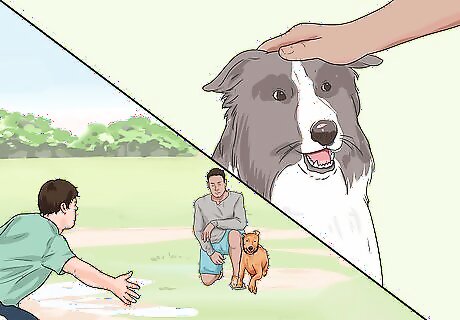
Try a “round-robin” approach. Once your dog is successfully responding to the command for you, a round-robin approach offers new challenges and complexity to the process. Have two or three additional people besides yourself stand in a large circle at least twenty feet apart, and then have people on different sides of the circle take turns issuing the command and having your dog come. Make sure that each person has the proper amount of time to give your dog praise and a treat before the next person issues the command. Remember to use the clicker if you’re clicker training and to have each person use the proper signal if you’re using hand signals in addition to the command.
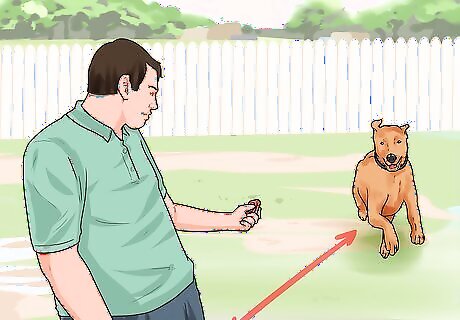
Expand the range of training. After you feel more comfortable with your dog's progress, alter the training environment and increase your dog's exposure to distractions. If you notice that your dog always seems distracted during training, you should backtrack and work in a familiar setting again before moving onto more complicated environments. Make sure that you never progress all the way to open areas (or even enclosed park dogs where safety may be an issue) until your dog is successfully obeying the command in various locations with all different levels of distraction.
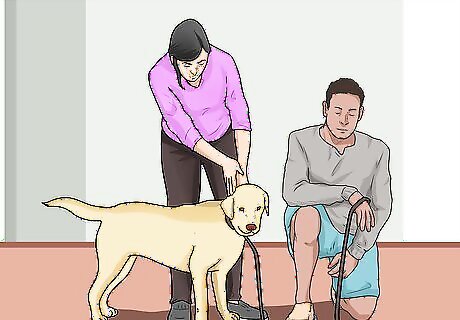
Get help. If your dog is consistently struggling to make the leap from obeying the command on his leash to obeying it while off his leash, then don’t be afraid to get help from a professional dog trainer. A training session with an instructor can guide you through these difficulties. You can also contact a professional trainer or canine behaviorist to get more advice. Each dog is different and therefore not every dog learns in exactly the same way.




















Comments
0 comment